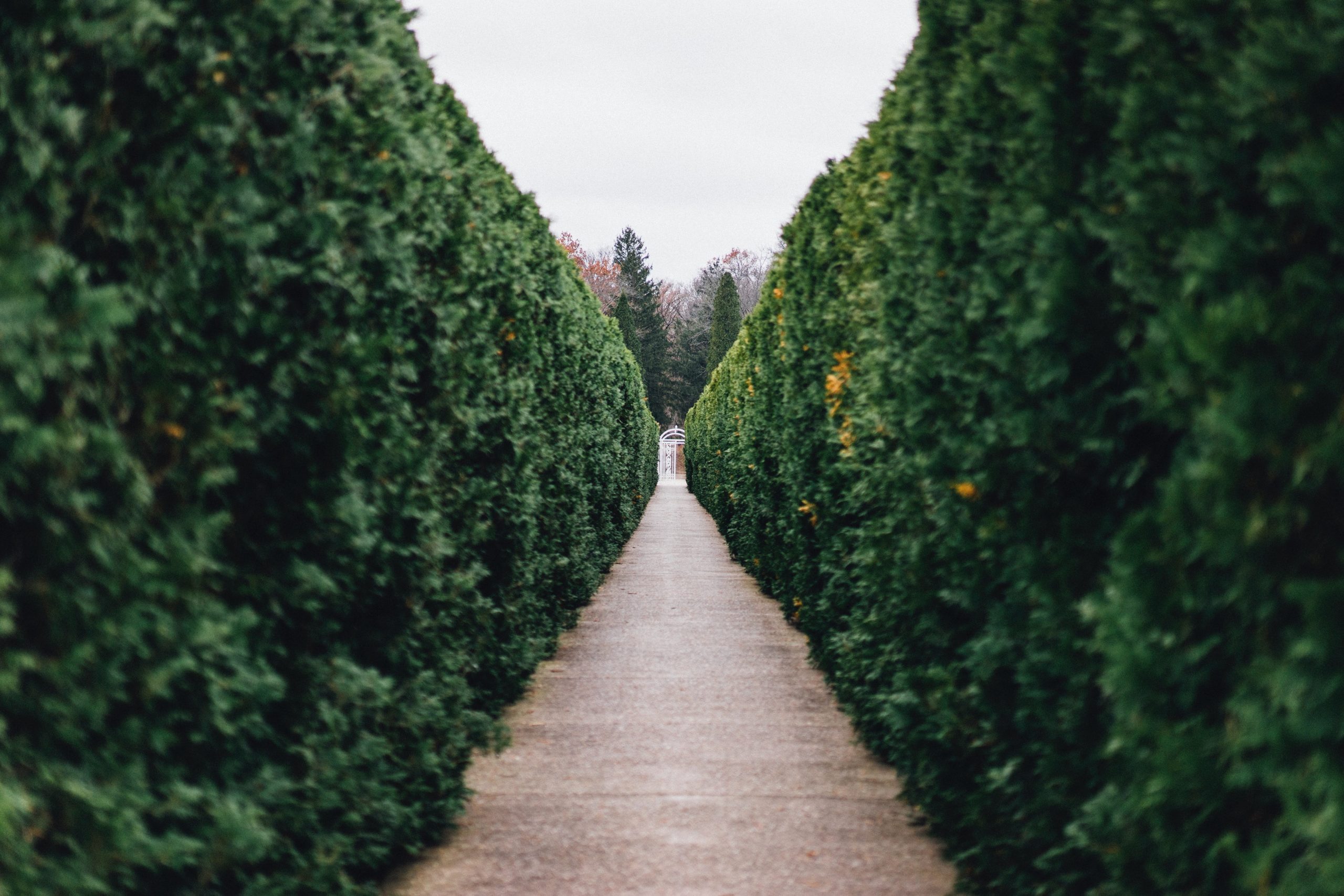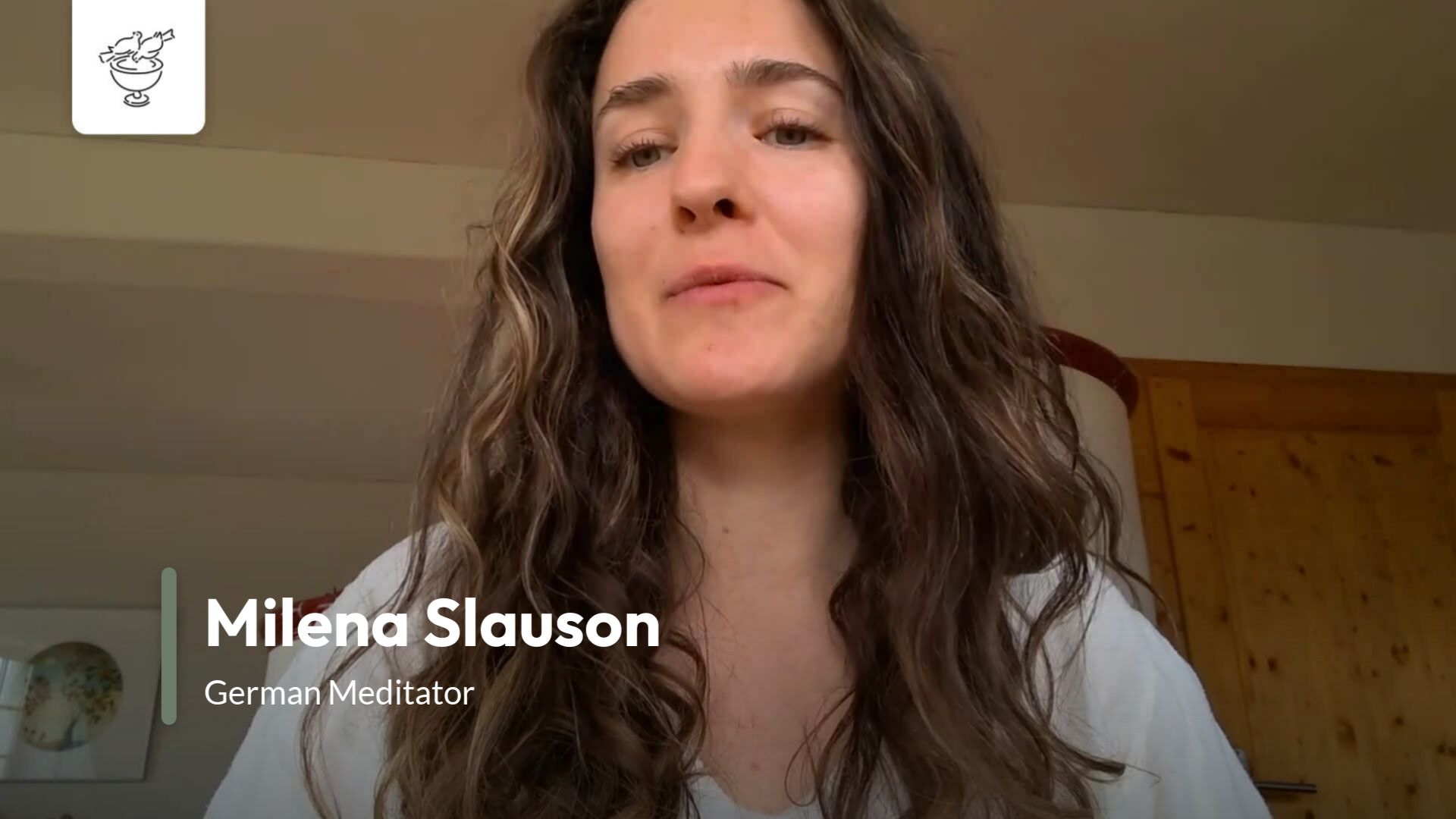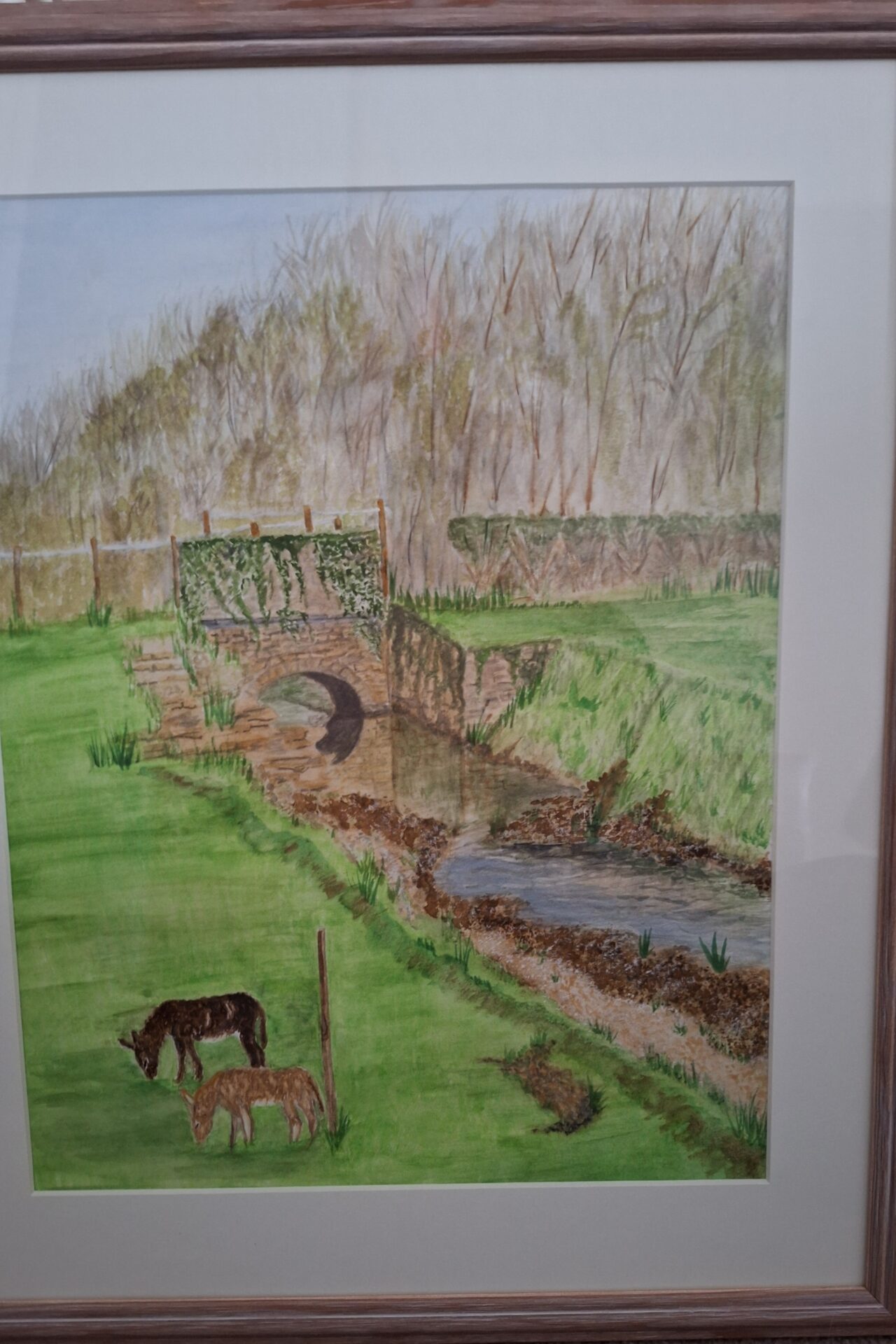Last week I went on a 7 day silent retreat. It was wonderful. It seems that the more I am able to practice meditation and take the time to stare at the trees, then the more silence is becoming my default.
On the retreat we practiced something called ‘contemplative walking’. Walking contemplatively is the simple practice of walking with attention focused on the act of walking. The walking itself is slow and gentle, though still quite natural. We would walk together in a line that snaked around a garden path. We would walk between meditation sessions or just prior to sessions.
It was hoped that the stillness we would experience in our bodies as we sat to meditate would be taken into the walking. We could then maintain and experience this inner stillness in our bodies as we gently walked. Ideally the walking would act as a ‘kind of bridge’ (as our retreat leader termed it) that would help us to take the stillness of meditation into our each day of general movement.
The movement of the body need not be a distraction to living in stillness. As a meditation practice deepens and we grow in being grounded and attentive to the stillness within us, it becomes quite natural to ‘carry’ this sense of stillness into the movement of each day – no matter what the day might bring. The reality of inner stillness, along with the silence and the peace that can accompany it, can then become more and more palpable to others through us. It’s a stillness we don’t own or possess, of course. We simply live in it more and more without claiming it as our own.
Something else some of us did on this silent retreat was to write haikus. A haiku is a form of simple poetry. First done in Japan, the poem consists of only three lines. The first line contains 5 syllables, the second 7, and the third is back to 5 syllables. This form of writing is about using as few words as possible. In this way the haiku can describe the essence of an experience without having the words get in the way of the description. The writing itself is a way of training attention primarily on the experience of something rather than on the words. Perhaps then something of this experiential essence can be relayed to the reader.
Here is one haiku I wrote about the experience of stillness and contemplative walking on the retreat:
Contemplative walk
Silent still moving body
Tappy tap tap-tap
We would meditate, walk, and then meditate all before breakfast. What I noticed at breakfast was that, although nobody spoke, there was still noise. The ‘tappy tap tap-tap’ is the sound of metal spoons on crockery as we ate our breakfast cereals. The sound was quite noticeable, even intrusive on occasions.
At the time of the experience the haiku is describing, it occurred to me that we had not yet made the connection between the silence and stillness of meditation and the same silence and stillness that we could be present to while we ate breakfast. Noise, noise that we could regulate if enough were aware of it, was covering (for me) the silence and the stillness. The contemplative walk had not been a bridge between meditation and breakfast (at least not that morning). Meditation, the morning contemplative walk, and breakfast were being lived as separate; and a noise as everyday as spoons on crockery was enough to distract my attention.
We can all live out the human tendency to separate noise and silence, stillness and movement. The quiet of a 5am start is soon lost in the 8:30am traffic; silence is experienced as being shattered by a car alarm; a gentle care between couples can appear to vanish as their children begin to scream and shout.
There can be a duality in our experience of stillness and the activity of life. One of our great spiritual and human challenges is to nurture a deep attentiveness to inner stillness and silence that can be lived in the activity and circumstance of each day. Stillness and activity, silence and noise need not be in opposition to each other. A regular meditation practice, one done in and with the ordinariness of each day, is vital to the harmonising of stillness and activity, silence and noise.
I notice this phenomenon of duality at Meditatio House. We can, after meditation, rumble about the hallway and kitchen quickly forgetting what we have just been a part of and, indeed, continue to be a part of after we leave the meditation room: silent stillness, still silence. This is not to say that noise should not be a part of life in the house, or that fun should be silent – far from it.
And yet, at Meditatio House we are invited to be a part of the cultivation of the contemplative life – a life which has at its heart silence and stillness even in the mist of noise and movement.
Meditation is about growing in the ability to live quietly amid noise and to be still while moving. Noise need not stop the experience of quiet; stillness can still be the ground of attention as we move. If this both/and is to be lived, then a connection between meditation as silent stillness and the rest of our lived lives needs to be made and deepened. As this connection grows the ‘someone who meditates’ can become, over time, the ‘contemplative who meditates’.
As the Desert Fathers and Mothers have said:
How we live is how we pray,
how we pray is how we live.







